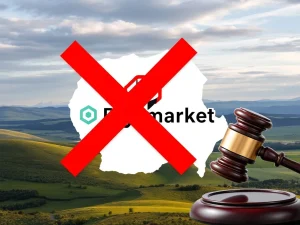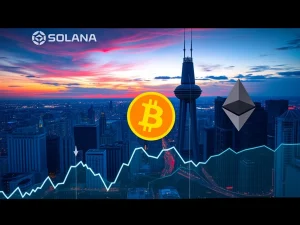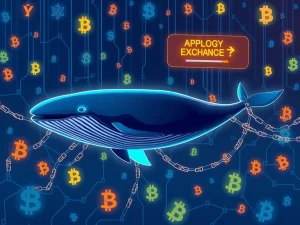Shocking: Tether USDT Emerges on Bolivian Store Price Tags Amidst Economic Turmoil

Crypto enthusiasts are watching closely as evidence emerges of Tether USDT making its way into everyday commerce in unexpected places. In a sign of evolving crypto use, Tether USDT has been spotted on price tags in Bolivia, a country grappling with significant economic challenges.
Why is Tether USDT Appearing in Bolivia?
The sighting of Tether USDT on price tags, shared by Tether CEO Paolo Ardoino, points to a potential shift in how value is referenced in the South American nation. Photos show items in a Bolivian airport shop priced in USDT. A notice explained that prices are set in USDT, described as a stable cryptocurrency with a reference price informed daily by the Central Bank of Bolivia, based on the rate from Binance. Customers could pay in local Bolivianos or US dollars, with USDT used to establish the dollar-Boliviano exchange rate.
Bolivia Economy Struggles Pave Way for Alternatives
The context for this unofficial USDT adoption is Bolivia’s struggling economy. The country has seen a steep decline in usable foreign reserves, falling dramatically over the past decade. This has contributed to a widening gap between the official exchange rate and the black market rate for US dollars, making stable assets more attractive.
Key economic indicators:
- Foreign reserves: Fell from $15 billion (2014) to $1.98 billion (Dec 2024), with minimal cash.
- Black market dollar rate: Around 10 Bolivianos per dollar (mid-2024), compared to the official rate near 7.
- Inflation: Consumer Price Index at 14.6% (March 2025), food inflation higher at 25%, with specific staples like rice up 58%.
This economic instability means the local Bolivian currency is rapidly losing purchasing power, driving interest in more stable alternatives like the US dollar or stablecoins pegged to it.
Growing USDT Adoption in Bolivia
While the airport shop sighting may not indicate widespread use across the entire Bolivia economy, other reports suggest growing popularity for stablecoins. Notably, in late 2024, major local bank Banco Bisa reportedly began offering custody services for USDT, allowing clients to buy, sell, and transfer the asset through the bank. This move by a traditional financial institution signals increasing acceptance and potential formalization of crypto assets in the country.
What Does This Mean for Stablecoins?
The use of stablecoin Bolivia highlights a real-world application of stablecoins as a reference currency in economies facing high inflation and currency devaluation. While not yet a primary medium of exchange for most transactions, its use as a benchmark against the volatile local currency demonstrates its utility as a store of value and unit of account in specific contexts. This mirrors trends seen in other economies where local fiat is under pressure.
In conclusion, the appearance of Tether USDT on price tags in Bolivia is a compelling example of how stablecoins can gain traction in economies facing instability. As the Bolivia economy continues to navigate challenges, the unofficial and potentially growing official use of USDT could offer residents and businesses a way to reference value and potentially conduct transactions using a more stable benchmark than the local Bolivian currency. This instance of USDT adoption underscores the practical utility of stablecoins beyond just trading.









